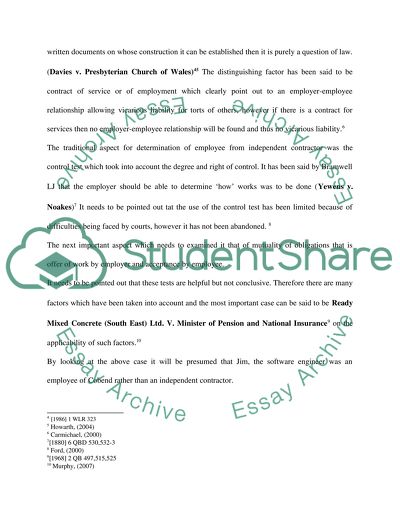Cite this document
(“Law for Business Case Study Example | Topics and Well Written Essays - 1500 words”, n.d.)
Law for Business Case Study Example | Topics and Well Written Essays - 1500 words. Retrieved from https://studentshare.org/law/1530778-law-for-business
Law for Business Case Study Example | Topics and Well Written Essays - 1500 words. Retrieved from https://studentshare.org/law/1530778-law-for-business
(Law for Business Case Study Example | Topics and Well Written Essays - 1500 Words)
Law for Business Case Study Example | Topics and Well Written Essays - 1500 Words. https://studentshare.org/law/1530778-law-for-business.
Law for Business Case Study Example | Topics and Well Written Essays - 1500 Words. https://studentshare.org/law/1530778-law-for-business.
“Law for Business Case Study Example | Topics and Well Written Essays - 1500 Words”, n.d. https://studentshare.org/law/1530778-law-for-business.


